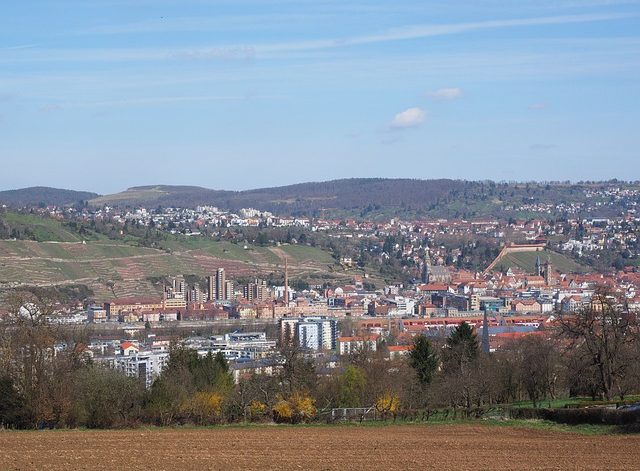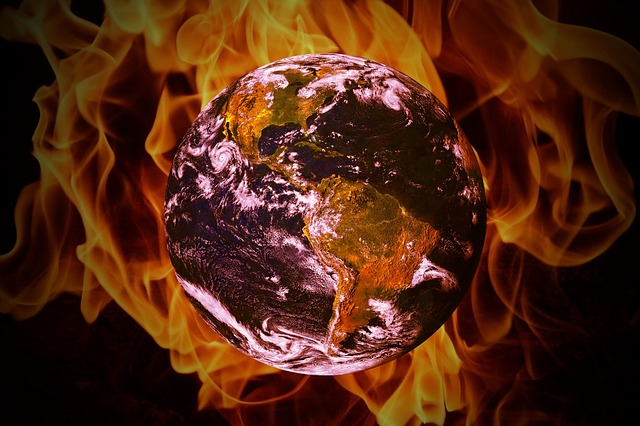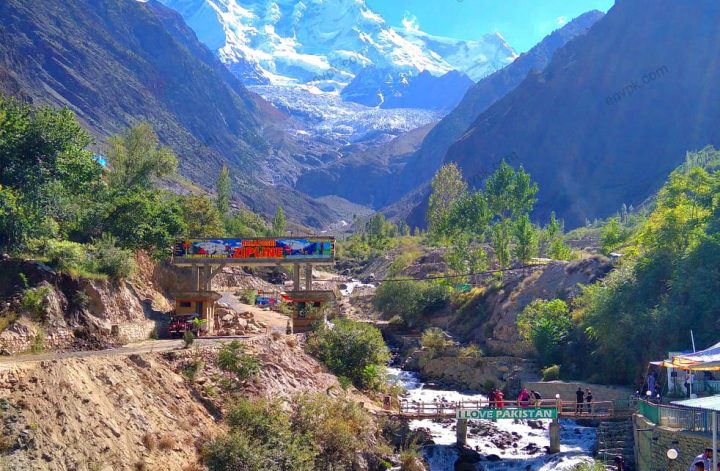What is Urban Sprawl?
A characteristic of urbanization but often used interchangeably- urban sprawl. However, there is a certain distinction between the two.
Urban Sprawl refers to the lowly populated areas in otherwise unpopulated regions/area outside an urban city. It is usually a fragmented extension of a larger, densely populated urban city or town- often regarded as suburbs of cities. This also often results in the sprawl encroaching on rural lands and areas.
The ever increasing population has increased the instances of urban sprawl as the need for urban cities and residence for people continues to increase.
Check out: Urbanization – Causes, Effects, and Solutions
Causes of Urban Sprawl:
- Increasing population: People often move and settle onto undeveloped land and due to cheaper land rates compared to the main city center, the sights of various urban sprawl is becoming quite common outside the boundaries of the city because of the increasing population and the need for people to support themselves among many other factors.
- Increasing poverty: The increasing cost of living, increasing population and lower quality of life has resulted in many people moving from rural areas to urban areas even if it means that settling for the cheaper lands around the main cities with similar albeit considerably lesser developed infrastructure than the urban cities.
- Better Development and Infrastructure: Better facilities, medicine, food, shelter, opportunities to move ahead in life, jobs and overall better quality of life is the primary and foremost reason for increasing amount of people moving towards cities and settling around the vicinity in what has begun to be known as urban sprawls.
- Inflation: Another main reason that causes people to move towards the cities from rural areas in search of high paying jobs, for residence purposes many of these urban sprawls are created.
- Lack of Urban Planning: due to the very nature of the city plans and layout, many people unable to cope with the increasing congestion, pollution or traffic even, resort to seeking other parts of cities or the areas around them in order to find some calm. This has lead to the trend of many people having farmhouses and the resulting follow up of medical facilities, grocery stores and migration of people from rural areas to also benefit from them without the hassle of the main city.
- Lower Land Rates: This is a consistent factor worldwide when real estate becomes cheaper around cities. However, talking specifically about Pakistan, the rise in the many number of housing societies left and right and each one boasting of selling land for a cheaper rate is exactly what modern urbanization and industrialization has shaped urban sprawls into. This has lead to no defined boundary for the city of Lahore specially, where this problem is ever increasing.
Also check out: Land/Soil pollution – Causes, Effects, and Control
Effects of Urban Sprawls:
Urban Sprawls are nothing new and not a modern invention or concept by any means. Humans have been doing this since millennia where they settled onto any land they deemed cultivable and fertile. However, even back then the effects of urban sprawls could be seen but hundred times less pronounced. Now, due to urbanization, increasing population, inflation and climate change these effects are becoming much more of a problem.
- Wildlife Decline: The land people settle on ultimately does take over a part that is supposed to belong to wildlife. Thus, urban sprawls interrupts in their breeding patterns, sleep and cycle patterns as well as more interactions between humans and wildlife results in one or the other killing or being killed. This causes a ripple in the environment and disturbs the natural order of the environment as well.
Check out: Biodiversity Management Methods, Techniques And Importance - Increase in Public Expenditure: the increased facilities and infrastructure that are the hallmark of urbanization and modern cities has to be paid for someone. Usually this results in a higher cost to the public as usually the money we pay in taxes are being used to cover for it.
- Increased Pollution: due to the use of individually owned transport such as private cars people will begin to usse them more frequently and this will not only lead to traffic jams, increased crowds and congestion but also poorer air quality and overall pollution.
Check out: Hazardous Air Quality of Lahore- Causes, Effects, Solutions - Health and Sanitation issues: with increased pollution, poor air quality, processed and fast food consumption to keep up with the grinding routine of what it means to live in a city, both the health, and sanitation of the public places, water and food will be effected.
Also read: Urbanization affects Microclimate of Abbottabad Pakistan
Solutions to Urban Sprawls:
Like it is the case with any other problem, a solution can find its way for this problem of urban sprawl as well. For instance, urban sprawls are primarily unsustainable in itself, This is because many neighborhoods are cut off from each other, increasing their reliance on the cars and other modes of transport. Nothing is within a walking distance anymore. Therefore the planning of urban cities need to be shifted to a more eco-friendly techniques. The ideal thing would be to follow the blue print of eco-cities and develop our future ones on that as well as modify the existing ones wherever possible.
For more information, check out: Blueprint of an Eco-city – How To Create Sustainable Cities? and How Can We Make Our Cities Sustainable (An Eco-City)?
Last but not the least, a total reform needs to happen before anything can be changed. Naturally this is in the hands of the government. So a total makeover needs to happen and our urban planning laws and regulations need to be updated as well as enforced after making them stricter. The lack of any and all regulation is the primary cause of Lahore being how it is as of now with numerous and countless other urban sprawls extending in a circle around the main limits of the city that have been extended decades ago.
Also check out: Eco-Friendly Sustainable Interior Design – How To Do It?
We hope you liked this post! Please comment below if you have any suggestions, comments or feedback! We at #envpk love hearing from readers! Thanks.




